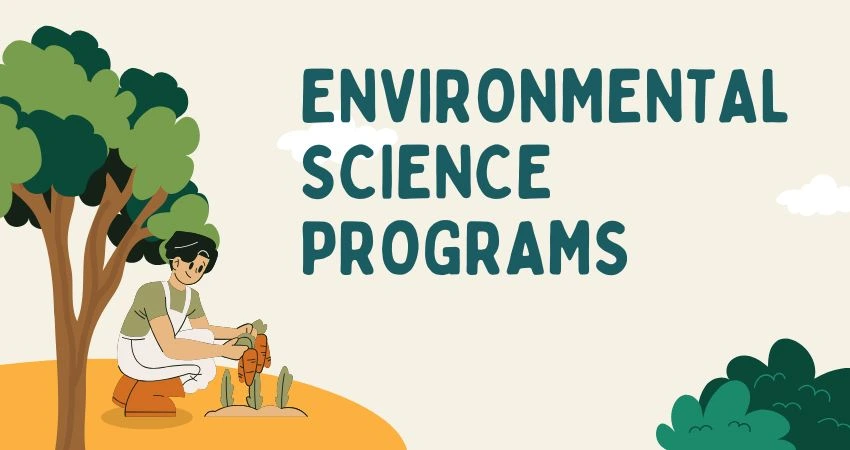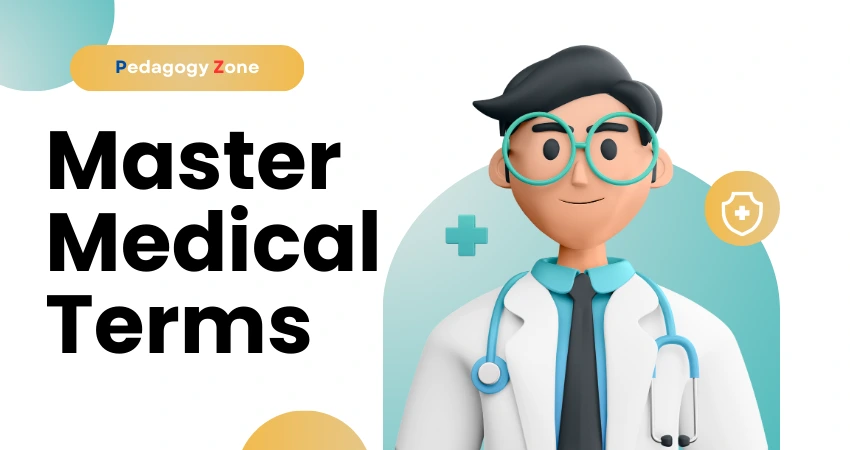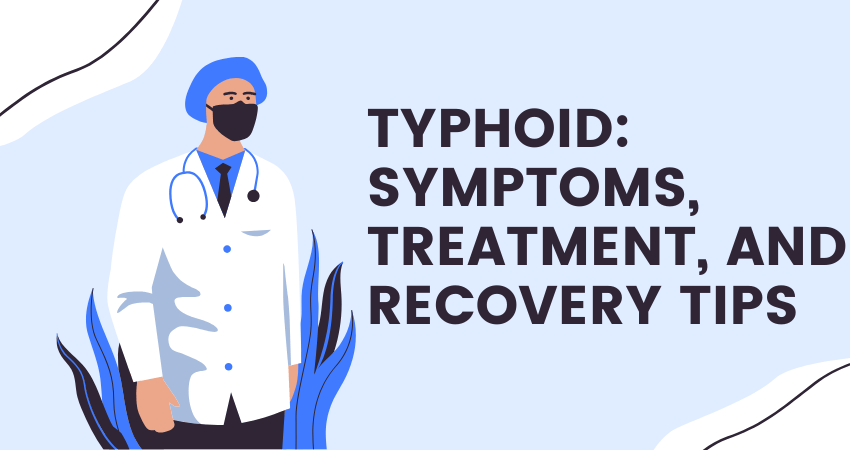The body is organized from its smallest element, the cell, to the collection of systems, with all its interrelated parts.
Cells
The entire body is made of cells that vary in size, shape, and function, but all cells have one thing in common:

They need food, water, and oxygen to live and function. Cells (Figure) are made up of three basic parts: the cell membrane, which is the outer covering of the cell; the nucleus, which is the central portion of the cell and directs all cell activities; and the cytoplasm, which is the substance surrounding the nucleus that instructs cells to perform various essential tasks, such as movement and reproduction.
Cell growth can either be normal or abnormal. Later in this book you will learn how normal cell growth takes place.
You will also learn about abnormal cell growth, which is a major factor in some diseases.
Tissues
Tissues are a group of cells with specialized functions. There are four basic types of tissue within the body: connective, epithelial, muscle, and nerve. The following Practice provides a description of the types of tissues.
Organs
Groups of tissues that work together to perform a specific function are called organs. Examples are the kidneys, which maintain water and salt balance in the blood, and the stomach, which breaks down food into substances that the circulatory system transports throughout the body as nourishment for its cells.
The terminology specific to each organ is provided in separate chapters on the appropriate body systems.
Systems
When a group of organs all work together for a common purpose, a system is formed. These systems work together to support functions within the body.
| Read More Topics |
| Introduction to the History of Epidemiology |
| The Modern History of Tobacco and Health |





